The Popularization Body Positivity Movement Through Social Media
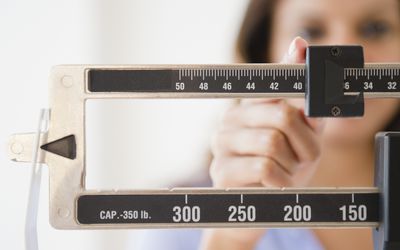
Photo Courtesy of Catherine Song of VeryWellMind
The Body Positivity Movement, popularized through modern social media platforms such as TikTok and Instagram, aims to fight fatphobic and pre-established beauty standards for men and women.
The ‘Body Positivity Movement’ is what I would like to refer to as a step in the right direction for society as a whole. This movement is an attempt to combat the diet-obsessed social media world that consumes lives. It is a chance to normalize realistic eating practices and healthy bodies on social media: a hot spot for diet culture toxicity.
What is diet culture? As described by blogger Christy Harrison in a post concerning her goal to promote the ceasement of unhealthy eating habits, “Diet culture is a system of beliefs that: Worships thinness and equates it to health and moral virtue, which means you can spend your whole life thinking you are irreparably broken just because you don’t look like the impossibly thin ‘ideal’.” However, social media is not the only culprit of promoting and implying self esteem issues through dieting. Other everyday media platforms like commercials, advertisements, TV shows, and (infamously) magazines can heavily lean towards encouraging diet culture and toxic, strict eating habits.
Body shaming is incredibly popular, and widely normalized throughout social media platforms. One prime example of a platform that consistently allows users to be attacked for their bodies is TikTok, a popular video-creation app. Body shaming is a detrimental experience that can happen to anyone, no matter their body size. Movements such as the body positivity movement work towards ending the negative images and self esteem perceptions of our bodies, which have been created through diet culture and social media influence. According to Very Well Mind writer Kendra Cherry, “The body positivity movement in its current form began to emerge around 2012, initially focusing on challenging unrealistic feminine beauty standards. As the movement grew in popularity, the original focus on acceptance of weight began to shift toward a message that “all bodies are beautiful.” ”
Some say that the movement is still a work in progress. Many argue that its “non inclusive”, all while others argue the opposite. The point of the movement is to challenge the beauty standards that have been set, and to erase any form of stigma. A quote from blogger Mazu states, “Digital media can be an amazing tool in helping people find their confidence. It can help them feel more comfortable being in front of a camera. It can connect them to a community who is supportive and encouraging. It can provide them with opportunities to showcase their unique beauty. It can help them find international recognition if their goal is to break into the modeling world, music or film industries.” This explains how social platforms can also have a positive impact in spreading self love and confidence to one another.
Mazu also states, “With more focus on a wider range of people, really talking about body issues and helping people find support, and not celebrating the idea that skinny equals perfect, we can help take the unnecessary pressure off ourselves and our children. When we love ourselves, our children are more likely to love themselves too.” This emphasizes in the self love-aspect that social media can instill in its users, implying that through social media, we can find others to relate and look up to, as well as use for positive inspiration.
Teens, children, and even adults, are all impressionable. It is important to fill our social media lives with exemplary content, which is what the Body positivity movement is striving for: a better online experience for everyone; no matter their shape or size.

Hi I'm Ella! This is my second year with The Stinger, and definitely won't be my last! I am currently a sophomore and enjoy painting in my free time. :)








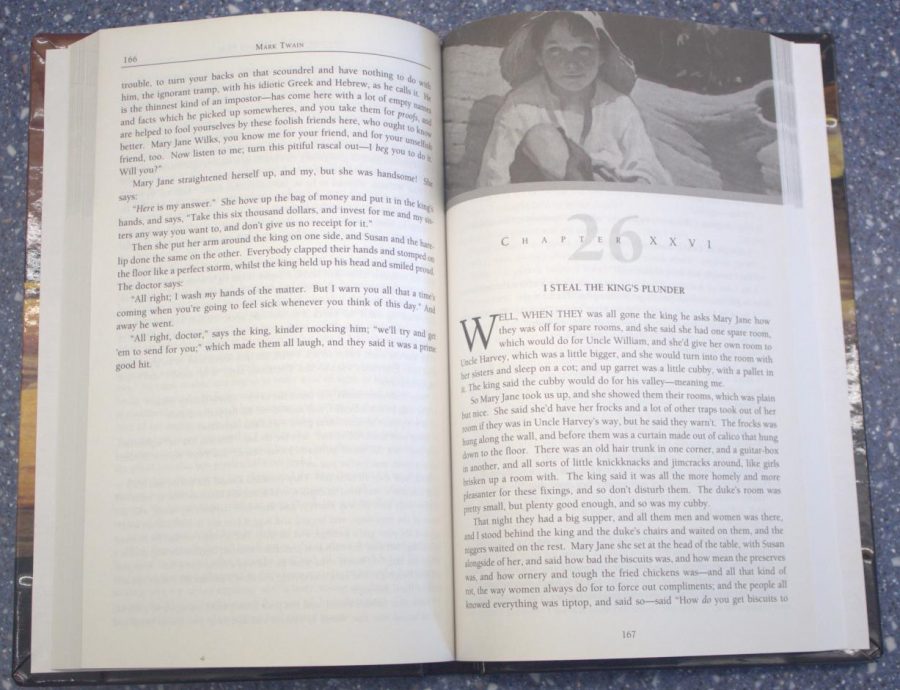







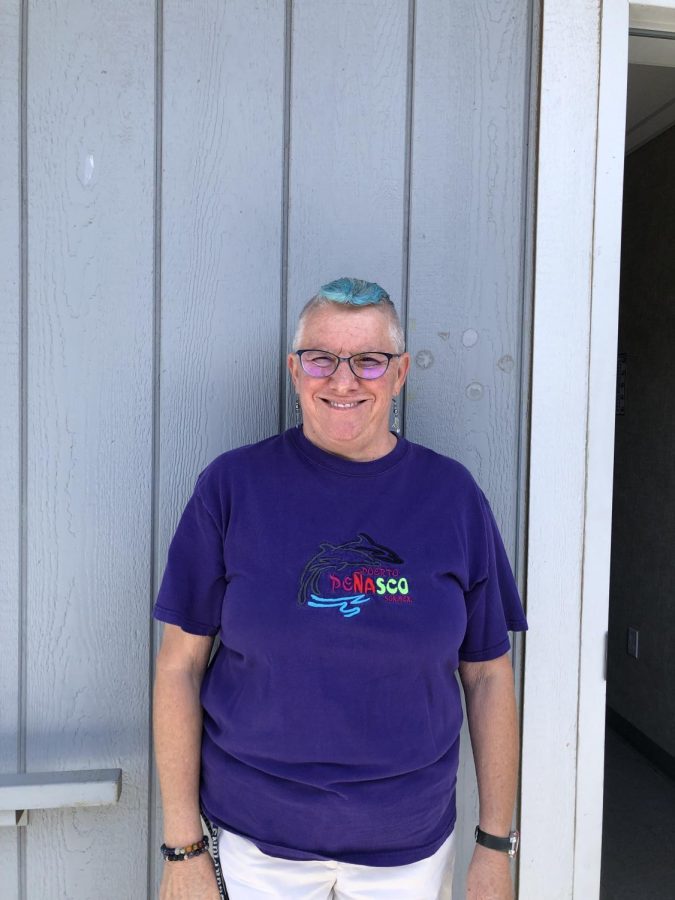




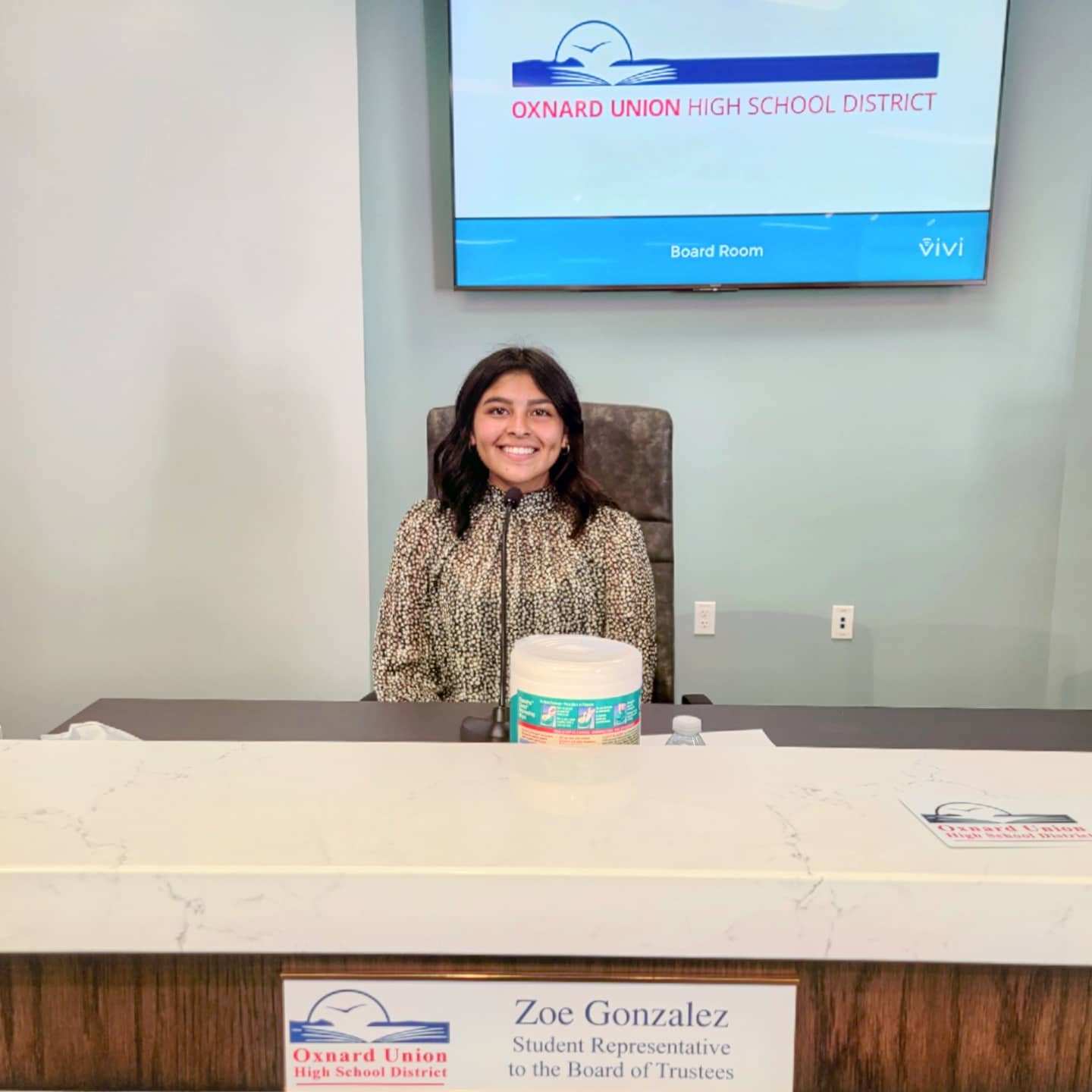


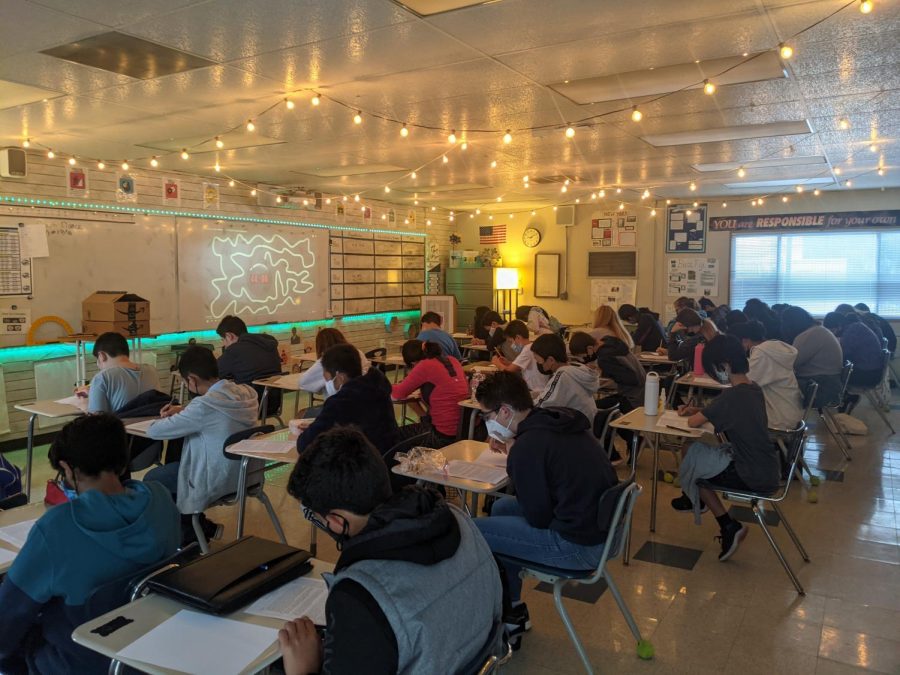

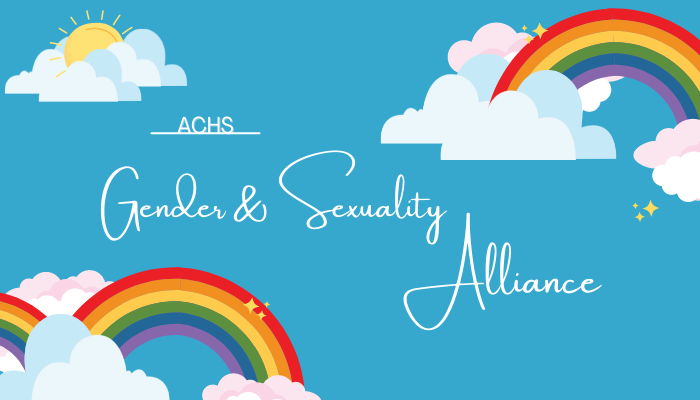
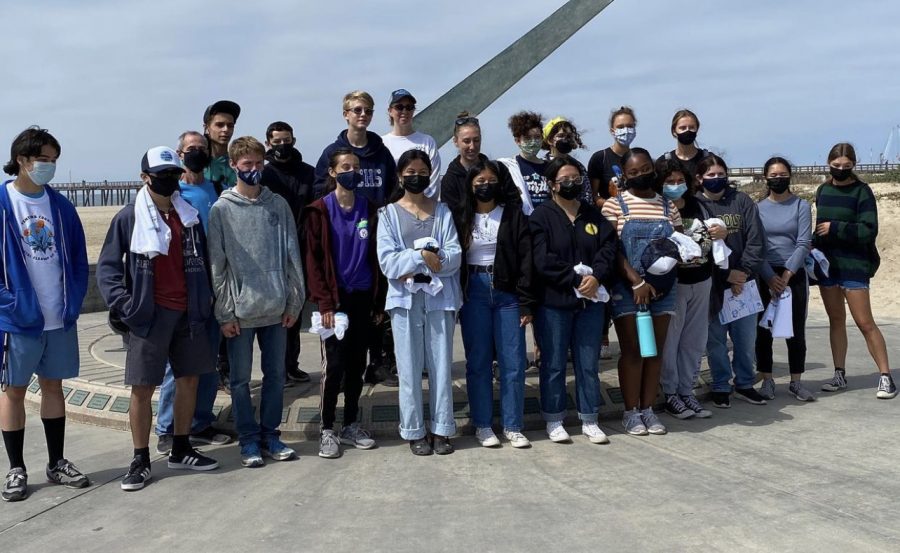



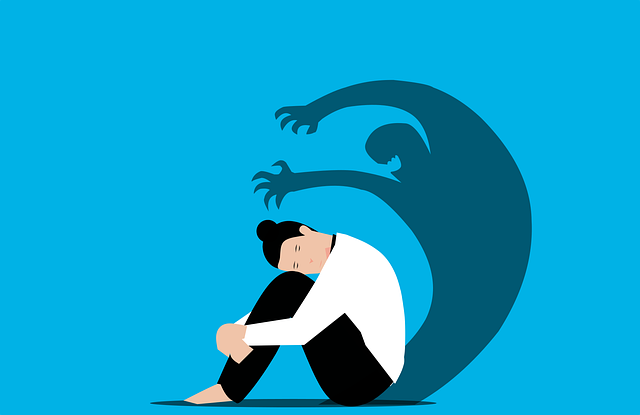









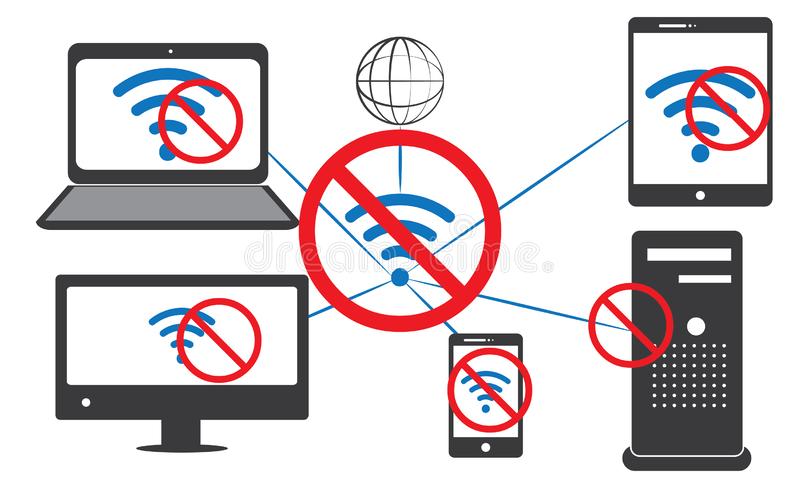
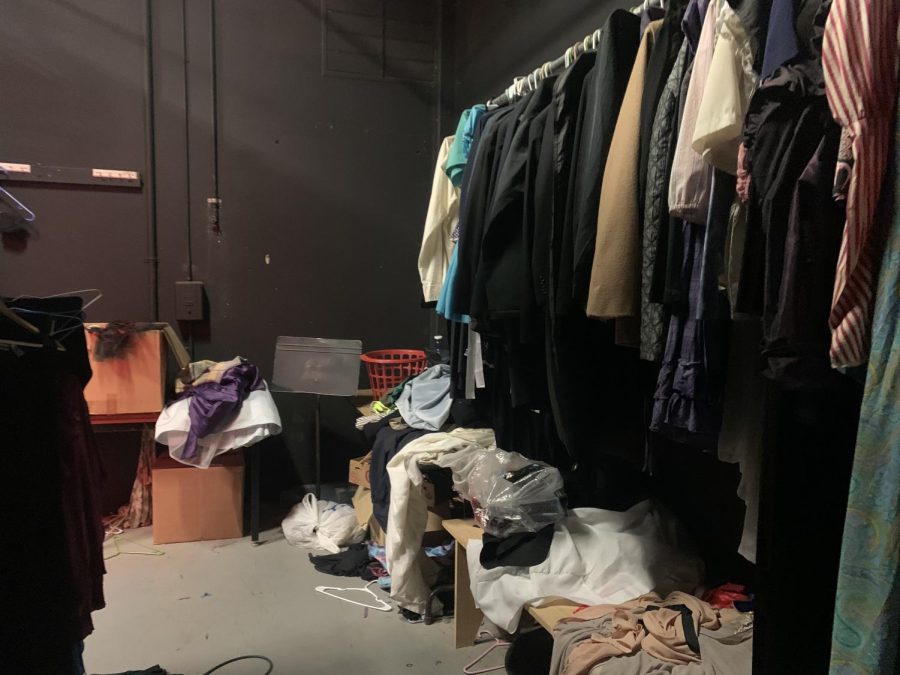


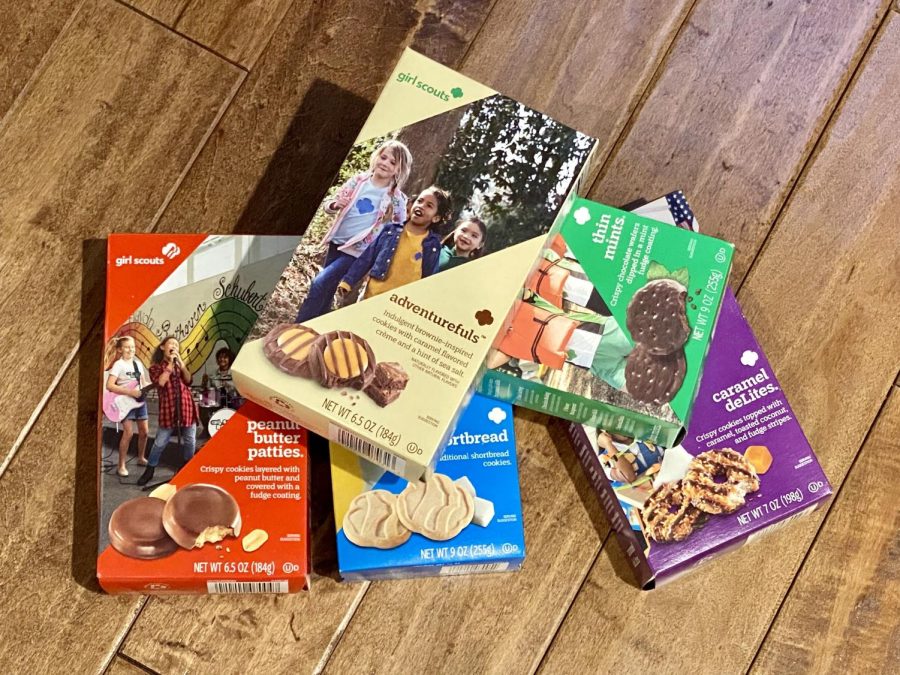
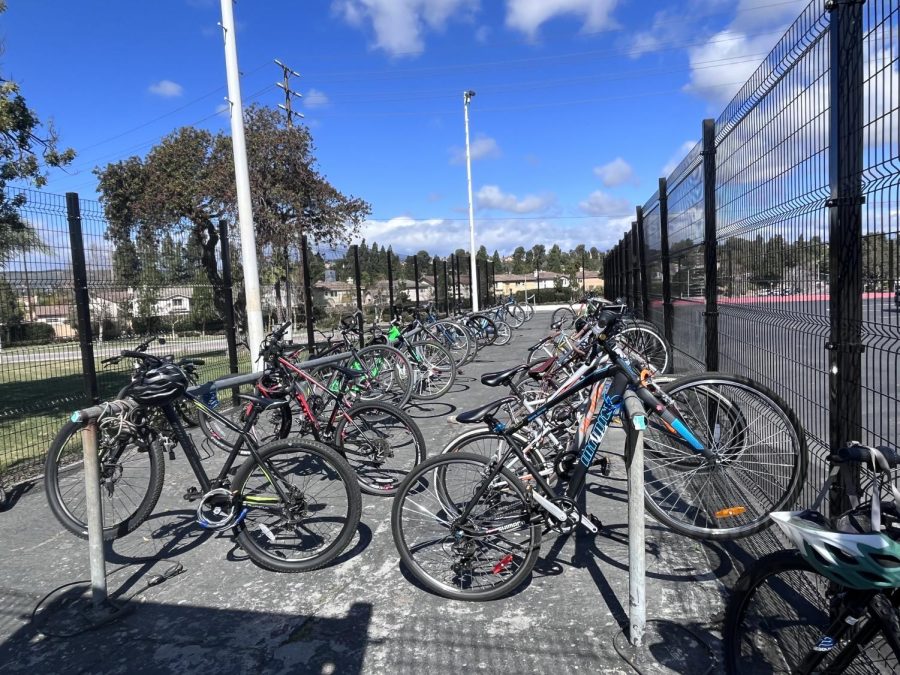

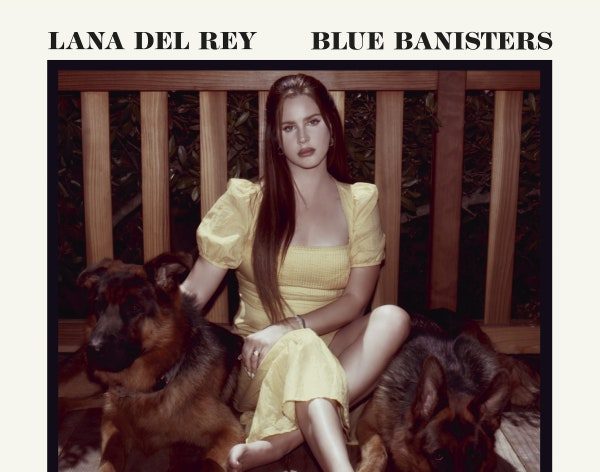

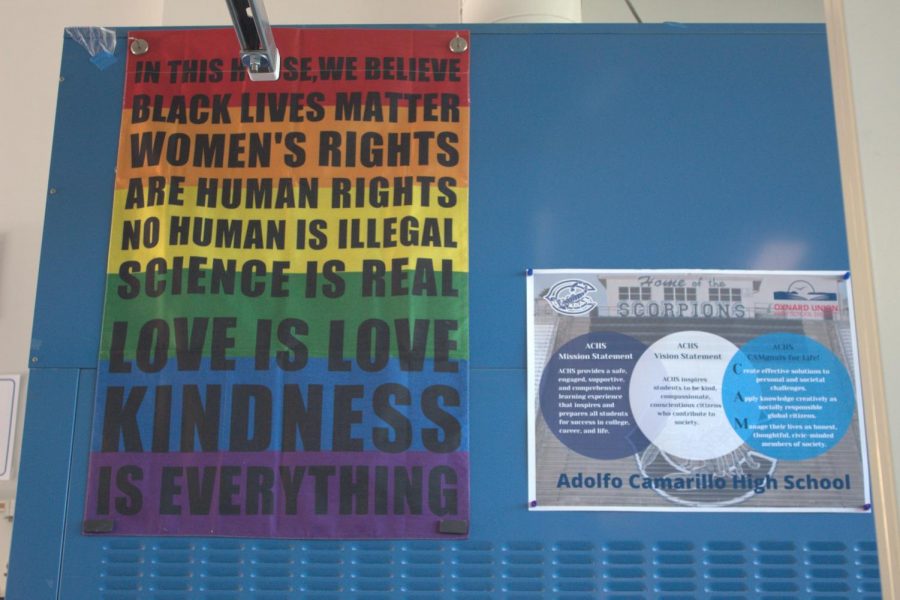

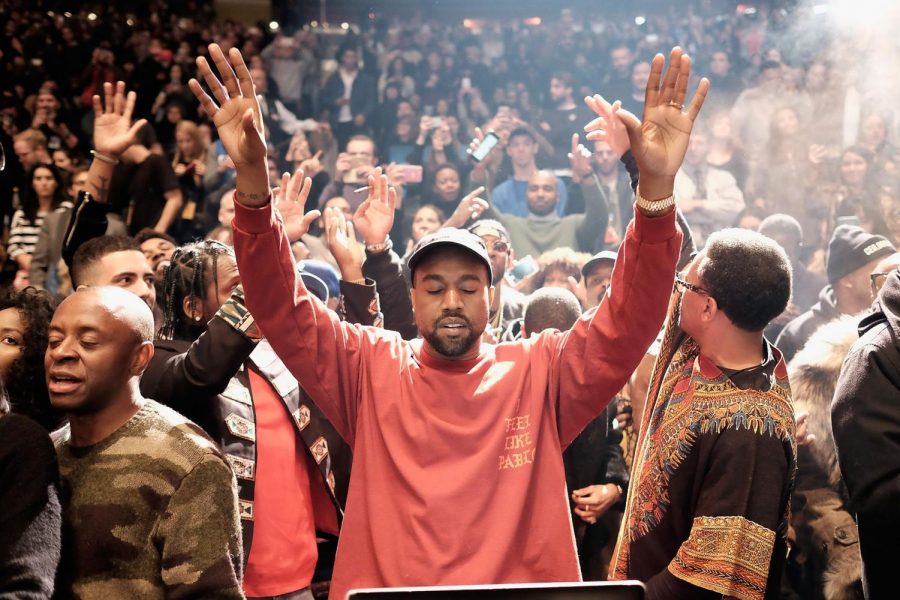


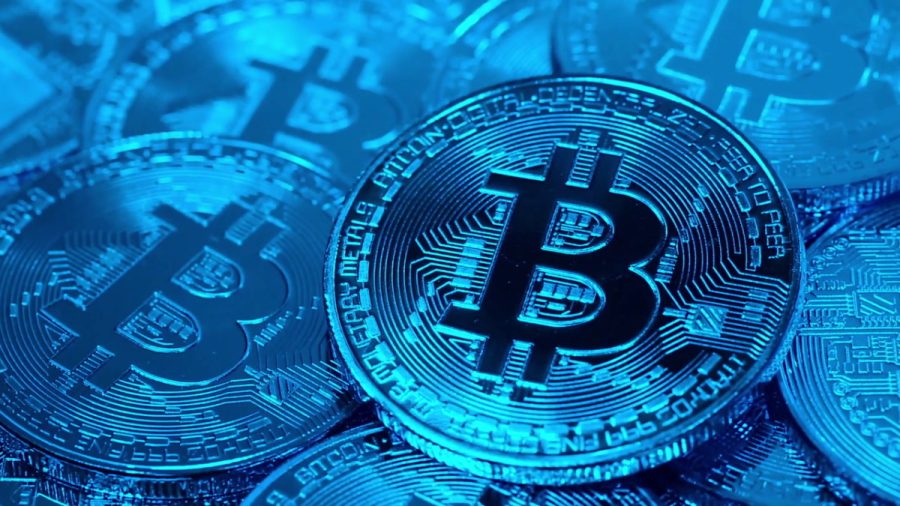
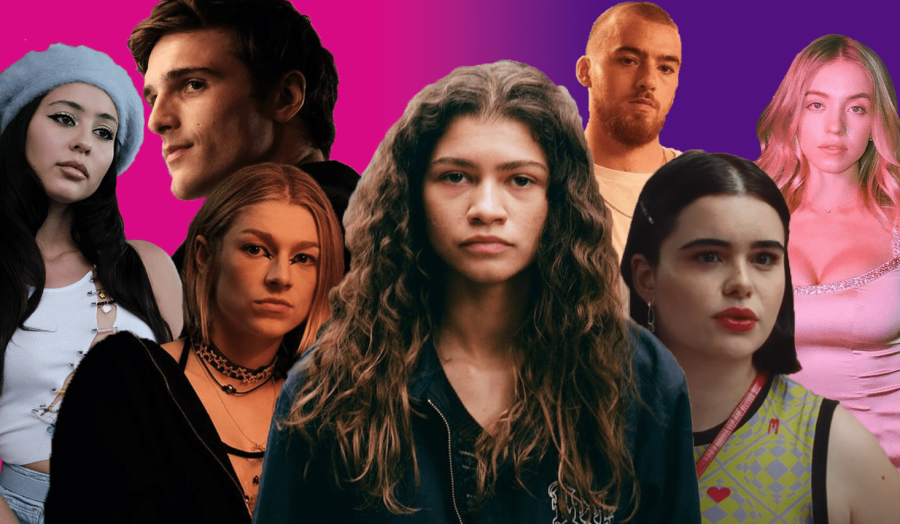



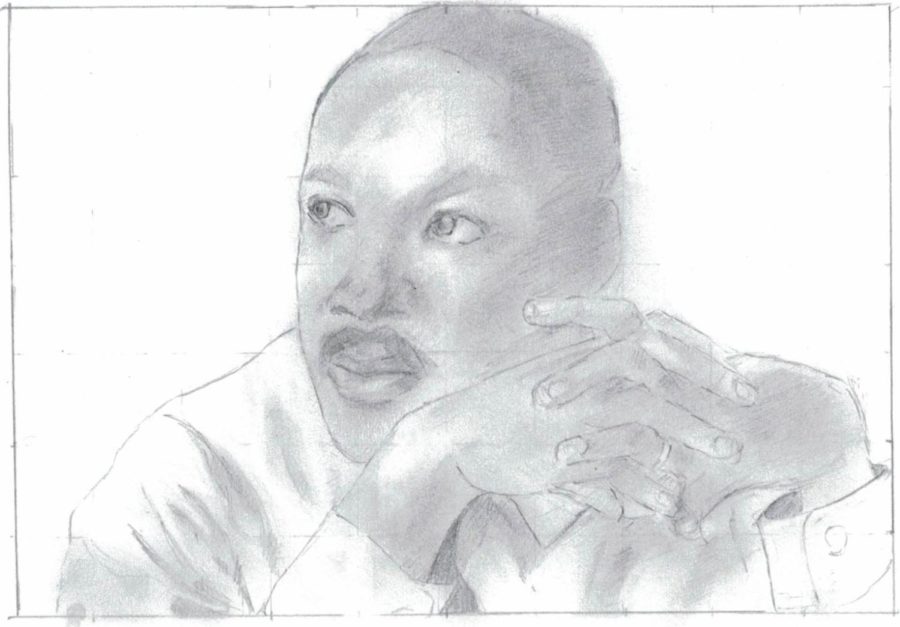


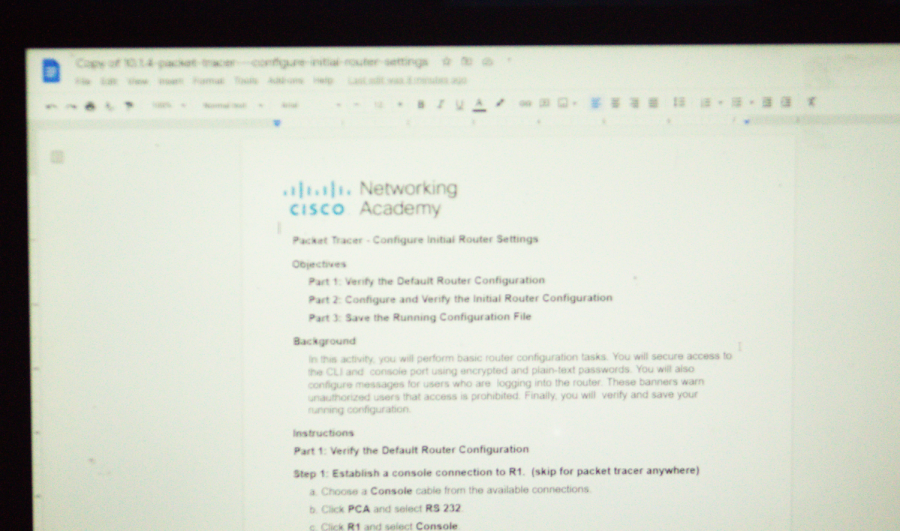

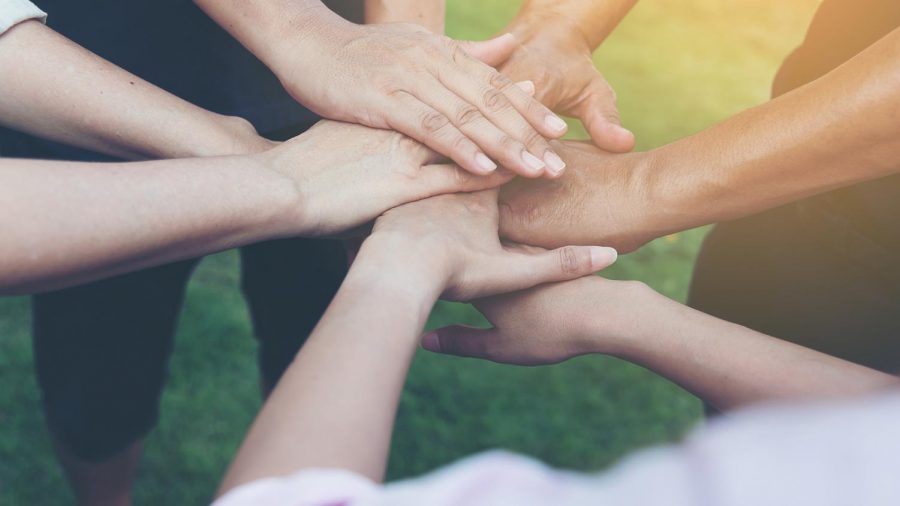

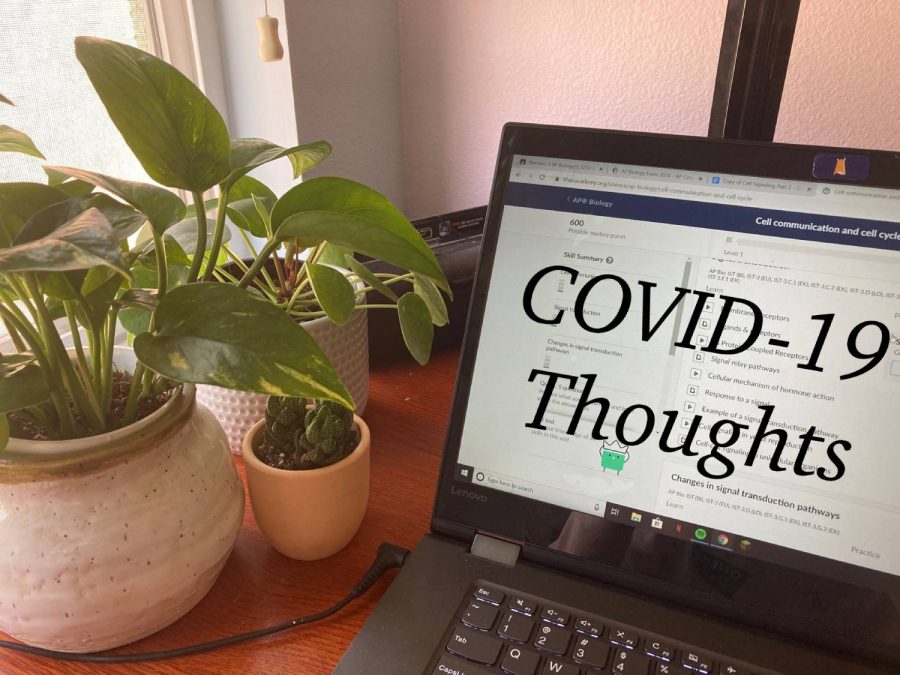
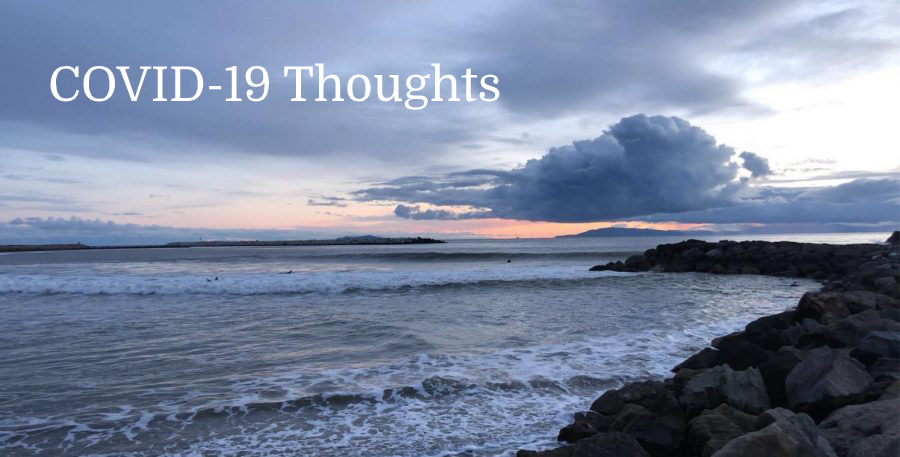
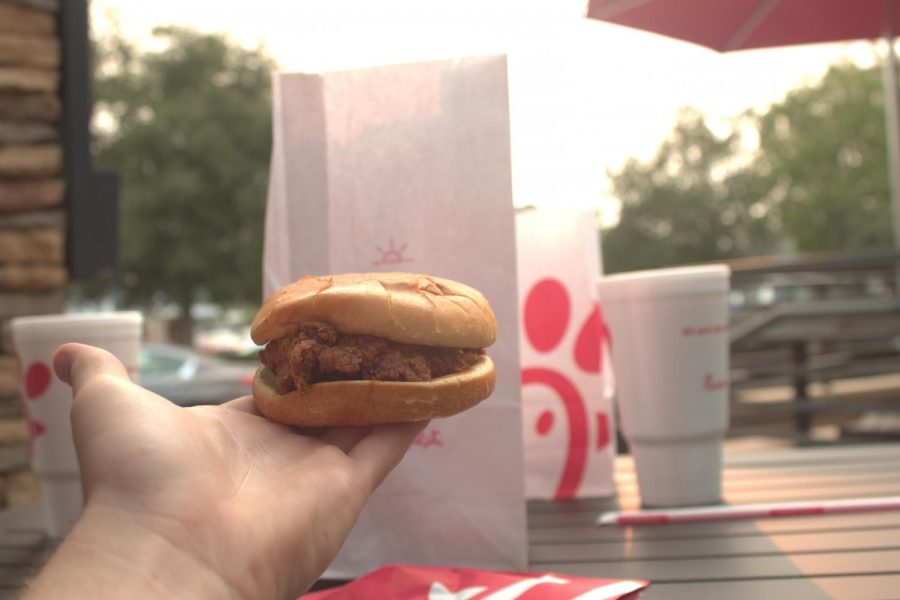
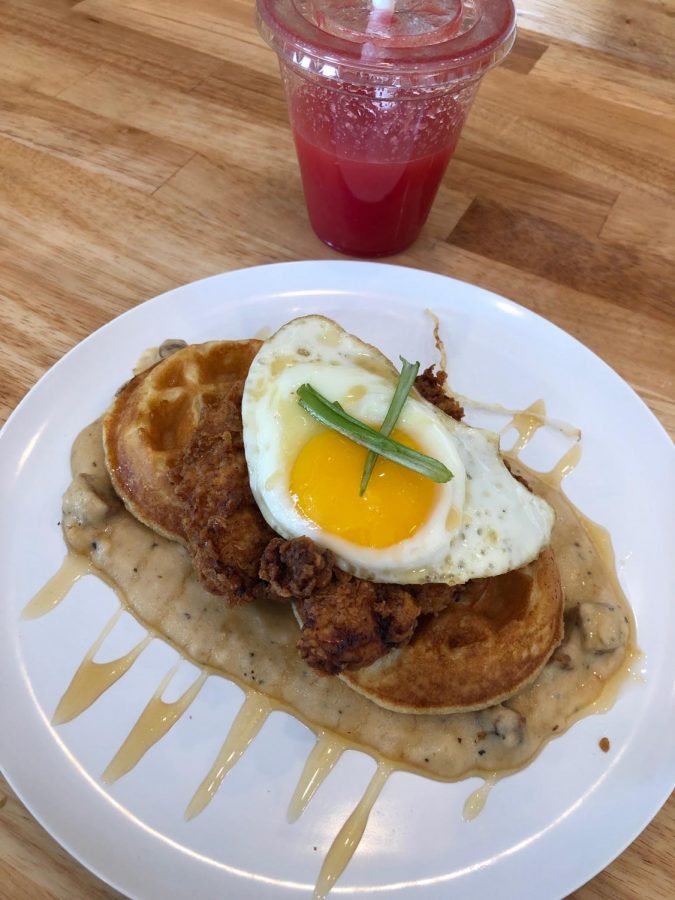

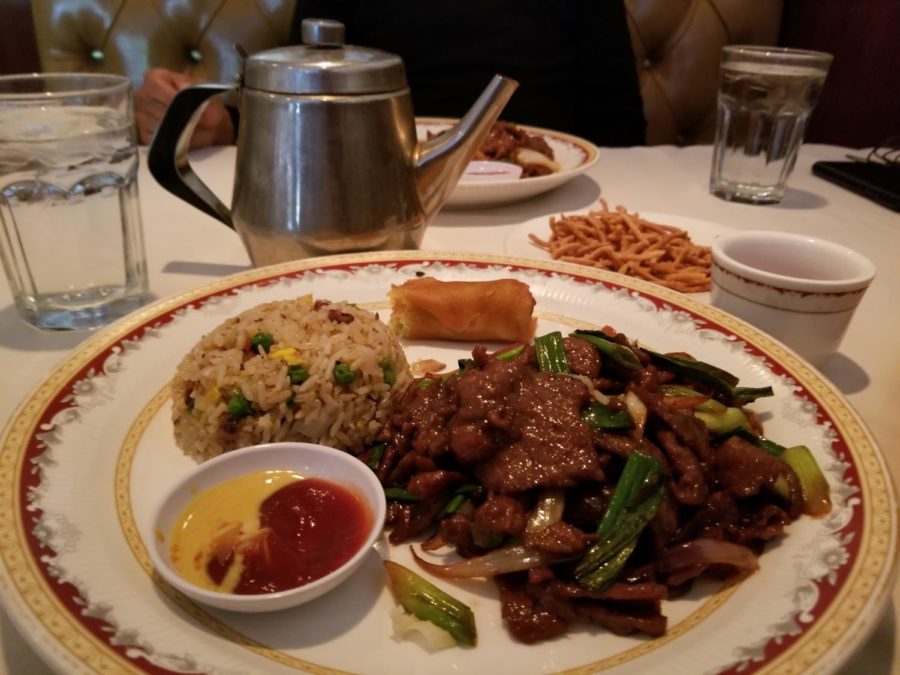

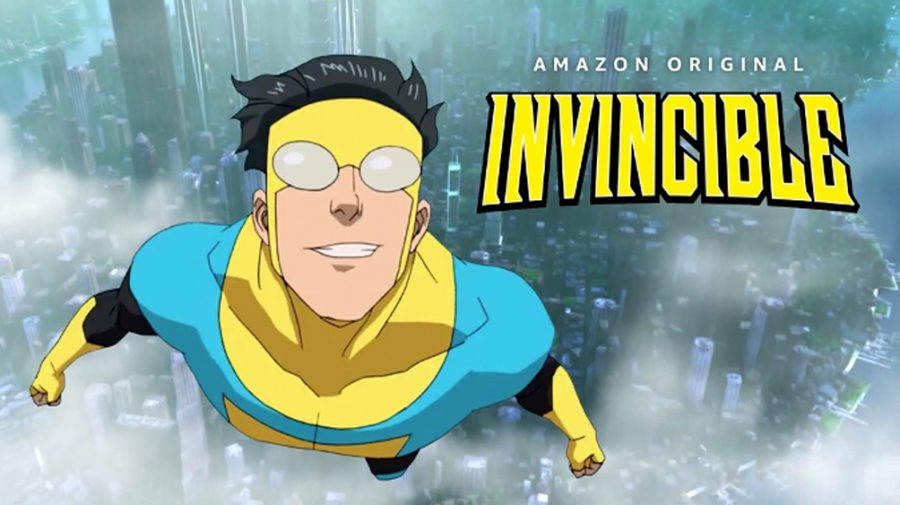






![Senior Ditch Day... Relaxation or Truancy? [Video]](https://achsstinger.com/wp-content/uploads/2017/10/IMG_7119-900x599.jpg)
![Heavy Rain Hits Cam High [video]](https://achsstinger.com/wp-content/uploads/2017/02/maxresdefault-900x506.jpg)


